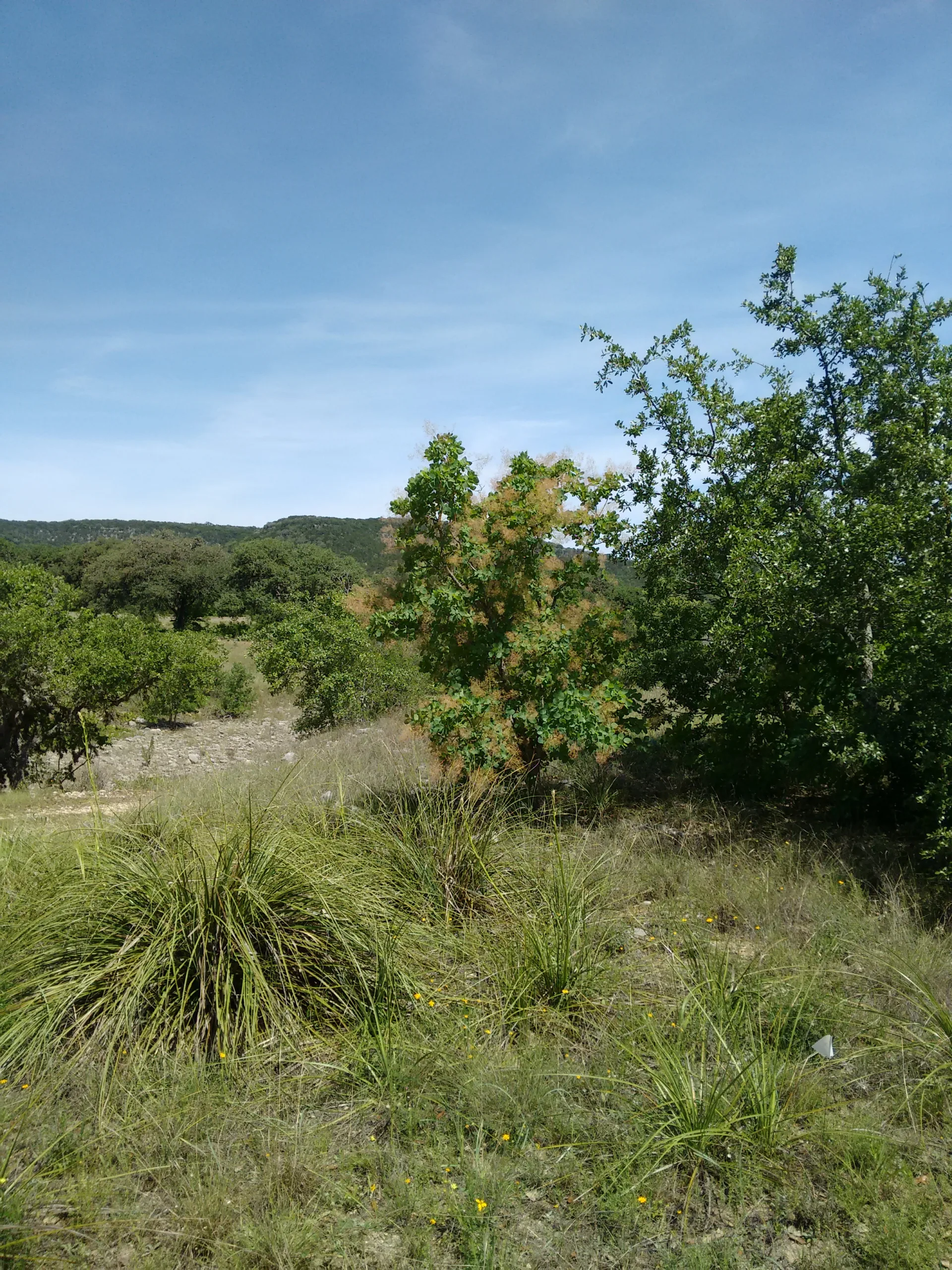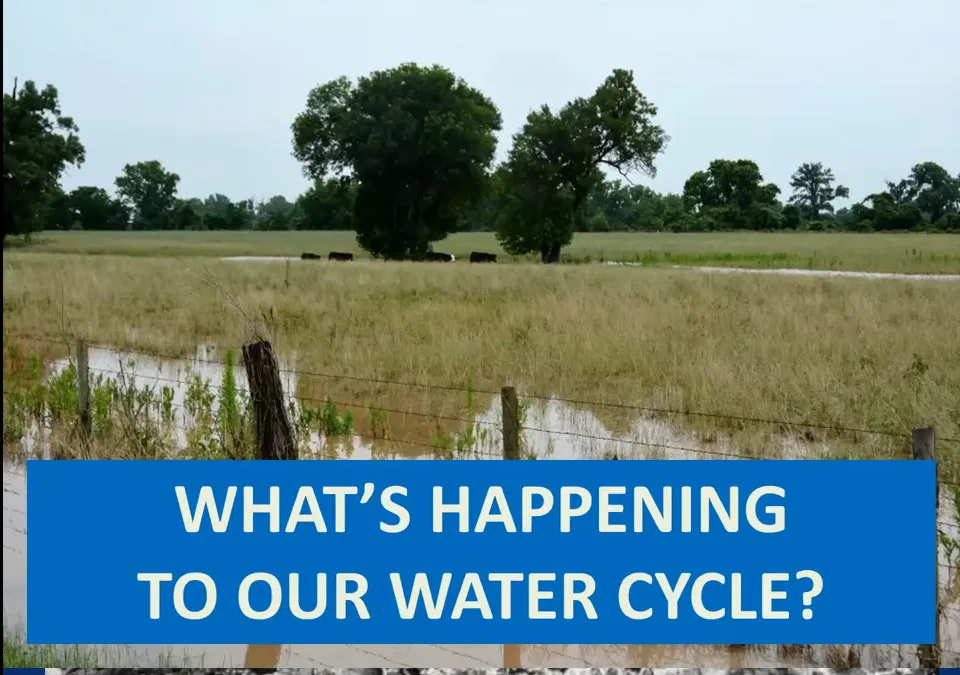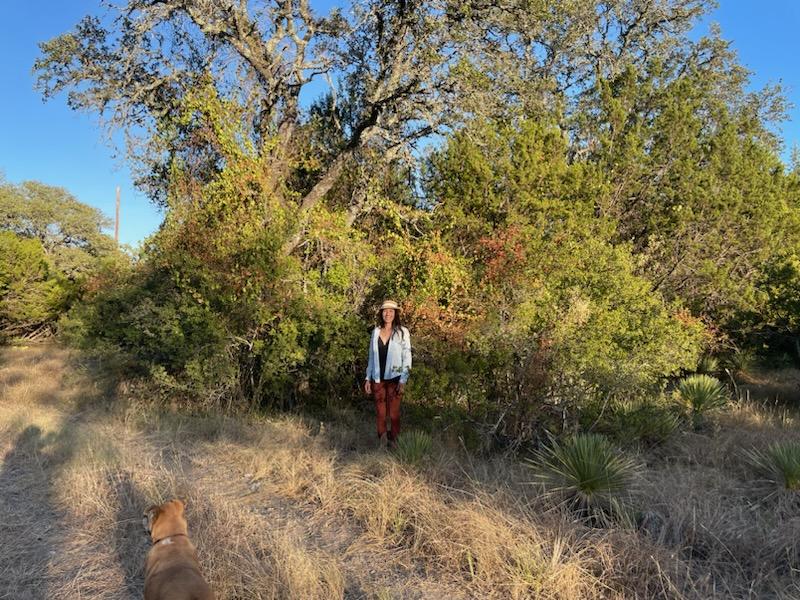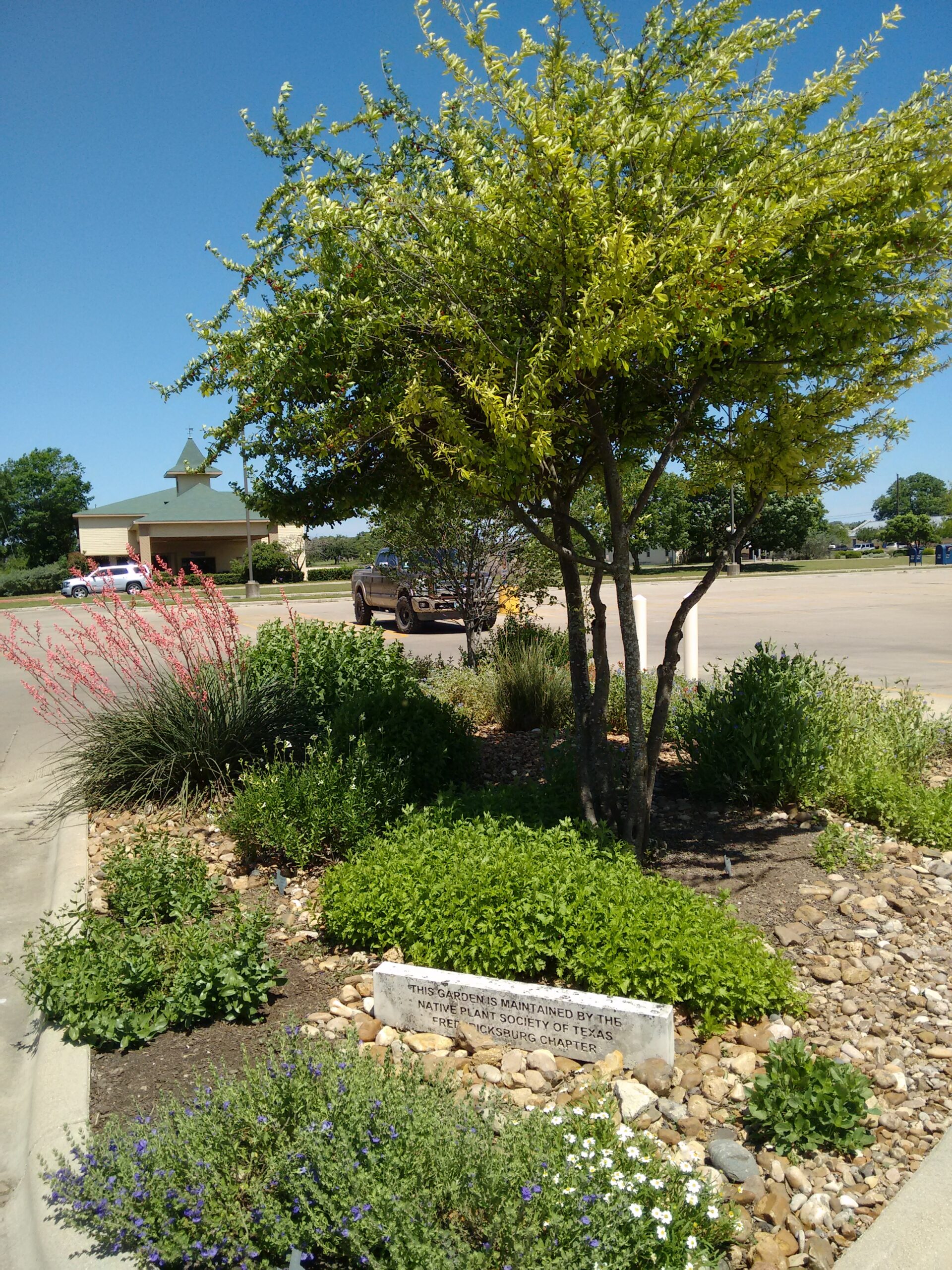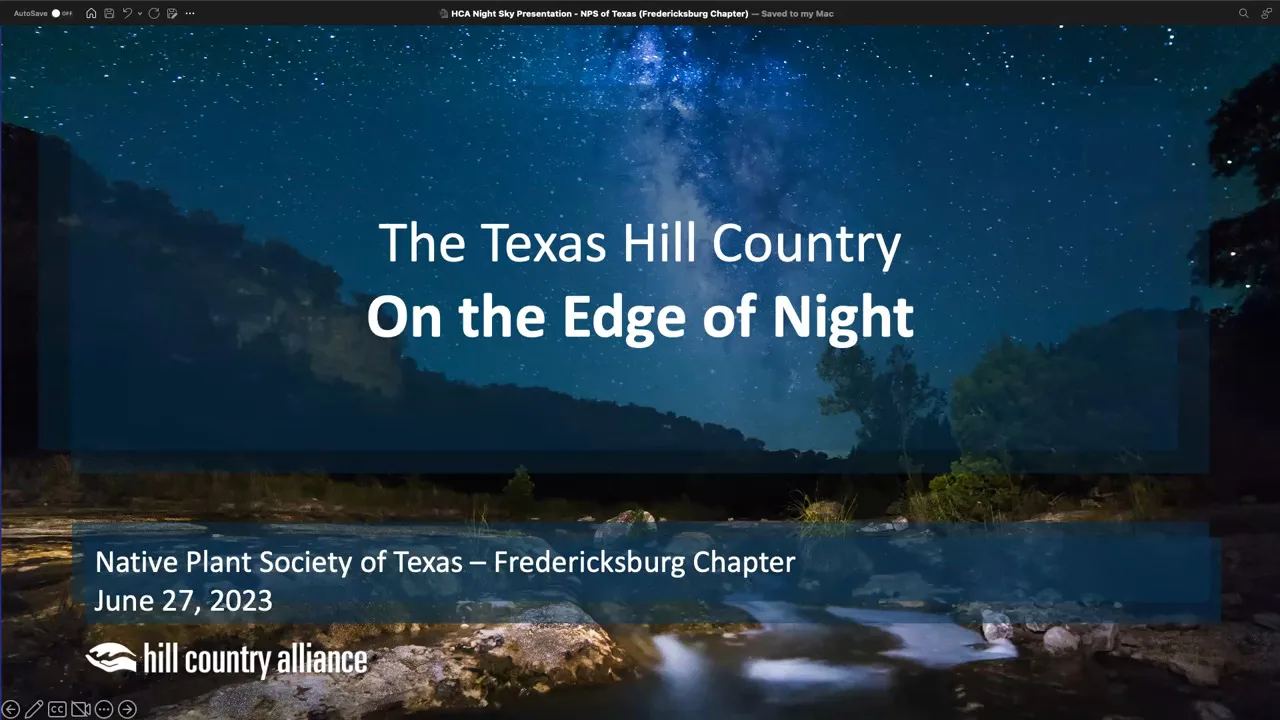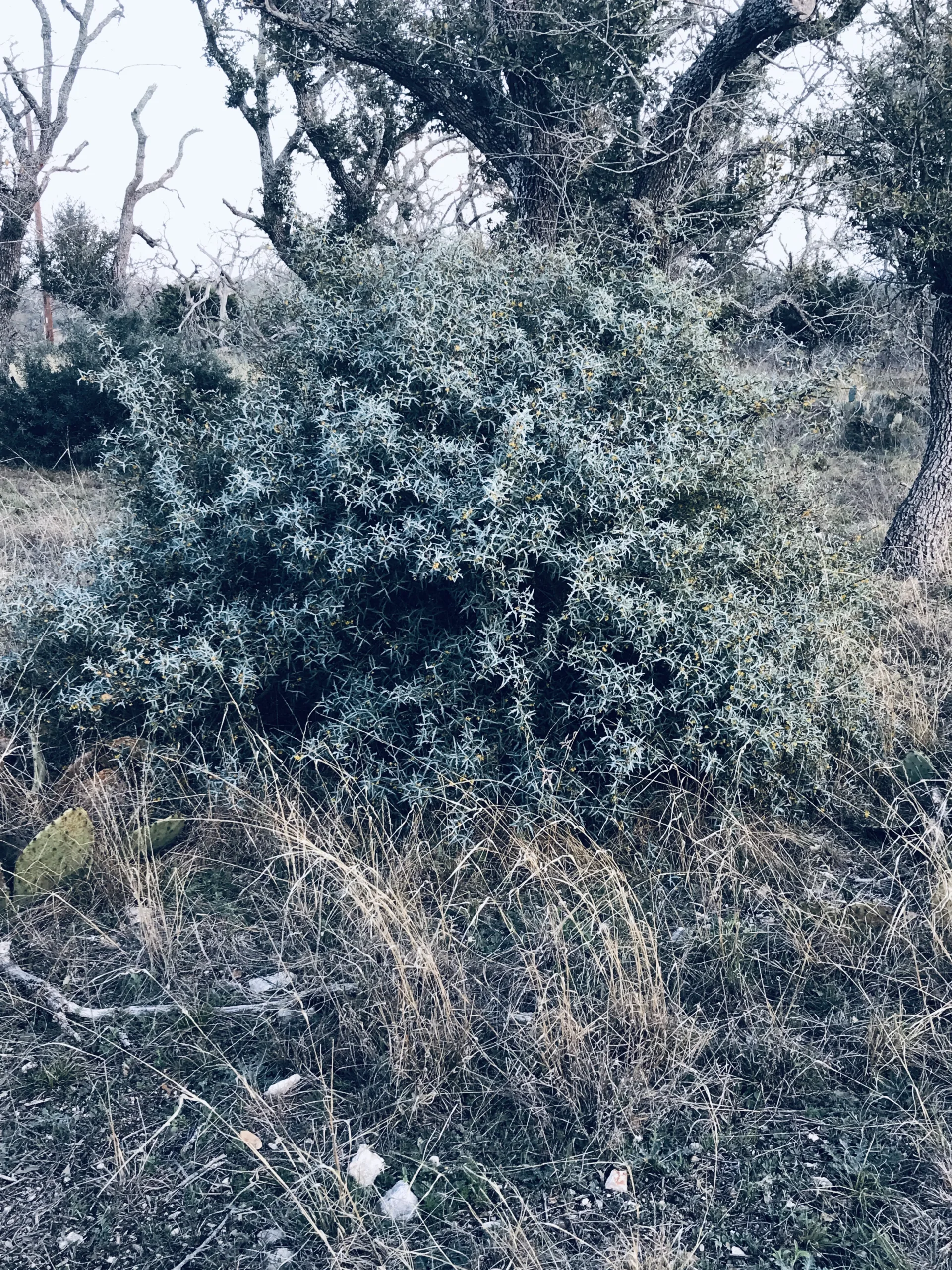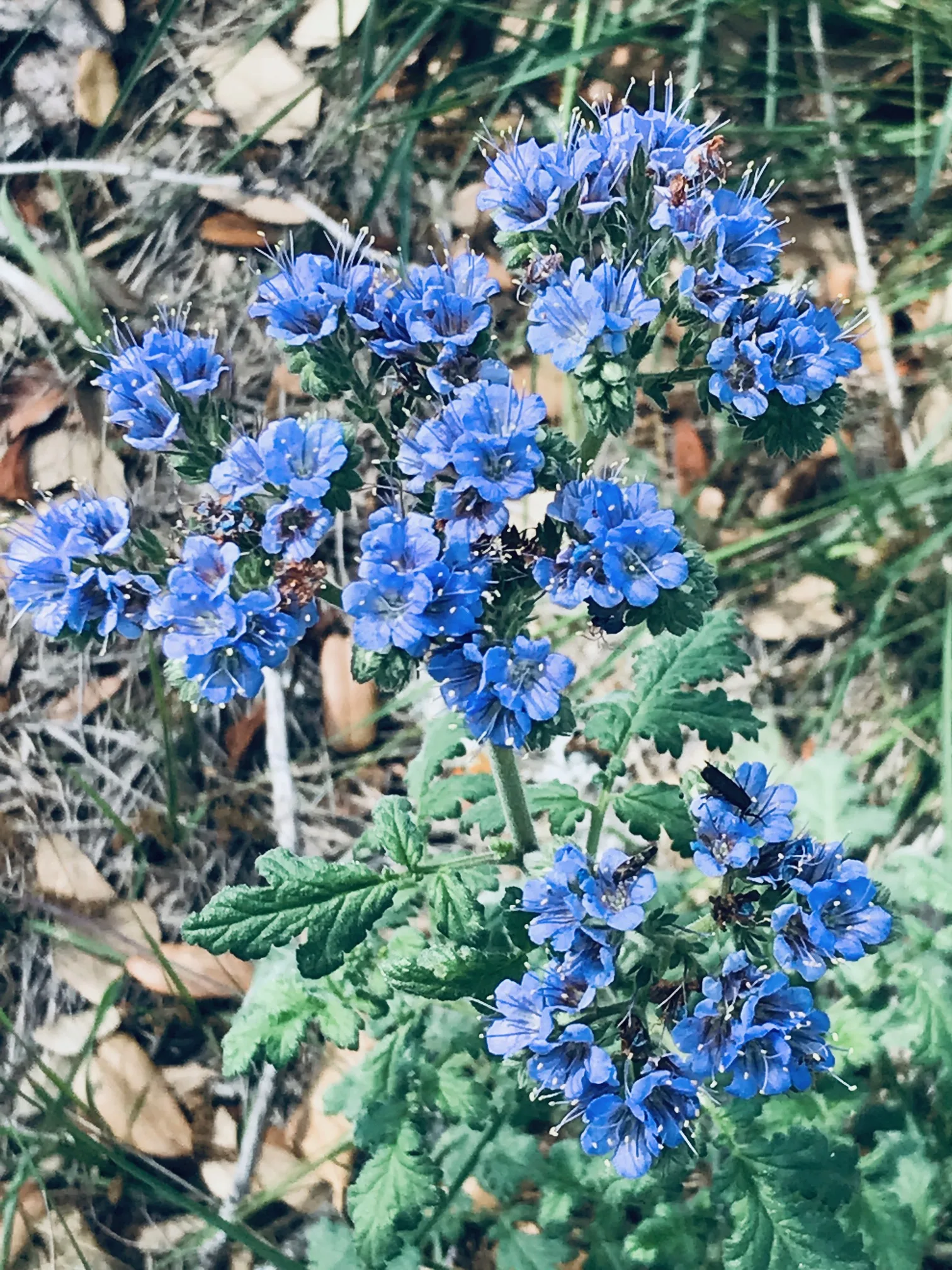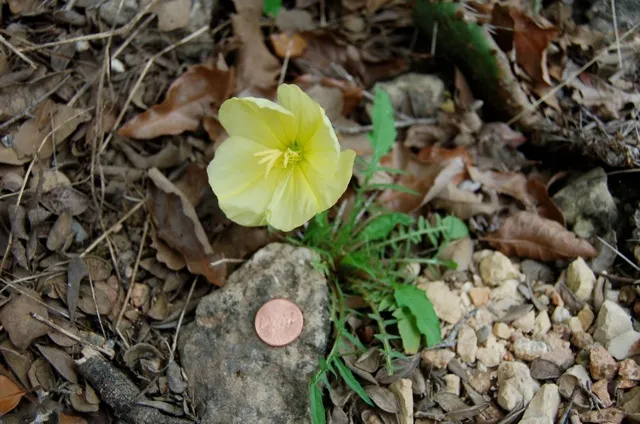The Fredericksburg Chapter of the Native Plant Society of Texas
invites you to explore the heart of our native Edwards Plateau ecosystem.
Willkommen ~ Welcome
We are Hill Country!
Draw an equilateral triangle. Austin and San Antonio anchor the easternmost points.
The triangle climbs into the hill country and onto the Edwards Plateau, its tip touching Fredericksburg and Gillespie County.
The pink dome of Enchanted Rock rises to the north of us.
This entire area is an intricate patchwork of oak and juniper woodlands,
savannas interwoven with grasslands, tree mottes and shrubs. Always native blossoms stand ready to amaze the viewer.
Ours is truly a rich and diverse natural heritage.
6:30 greeting friends new and old
7:00 ~ This month ‘s business meeting & presentation:
If your day doesn’t quite manage in-person attendance,
Join us @ 7:00 p.m. on our YouTube channel: Fredericksburg Texas Native Gardening. Click “live” to enter the scheduled meeting. The chat window will be open for questions during the presentation.
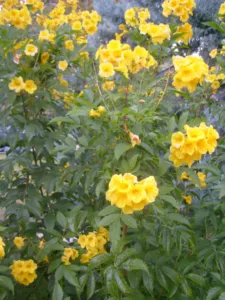
Esperanza – a N.I.C.E. spring plant and Texas SuperStar
Esperanza, also known as “yellow bells” and “yellow trumpet,” is a native shrub with a tropical feel. Call it eye candy for your summer landscape – if you get it planted during the spring! Planted in the spring, they will have months of our warm weather for root growth before the first hard freeze.
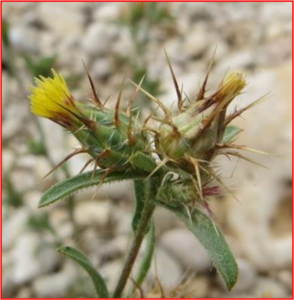
March 26 “Invasive Non-Native Plants – and How to Get Rid of Them”
“Non-native, invasive plants are destroying biodiversity and wreaking havoc in our backyards, neighborhoods, parks and preserves,” stated Cheryl Hamilton, How do you recognize them? How do you eradicate them?” Hamilton, our speaker this month and co-founder of the Invaders of Texas Program, Balcones chapter, provides us with the tools.
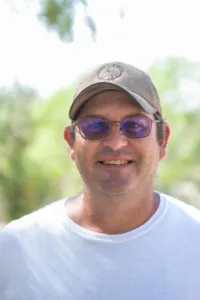
Feb. 27: “Native Seed Selection and Planting Tips”
“Reading your land and picking out the right type of native seeds for your particular landscape is just the beginning,” explained George Cates, spokesman for Native American Seed. “Preparing the site and correctly planting the seeds are equally important.
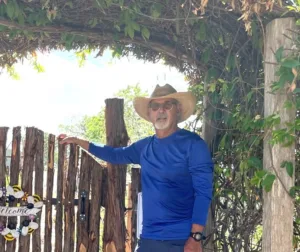
Explore the Fredericksburg Nature Center
Catch a vision of how to view the areas of your garden. Through technical difficulties we didn’t manage to create a YouTube video, but we did capture a phone video. Create your own Nature Center with all you can glean from this exploration.
Playlist
Contact the Fredericksburg Chapter
Hi, Please join our conversation and our monthly meeting. Our vision is restoring and protecting the native plant heritage of our Texas landscape. Do you have ideas or questions about using plants 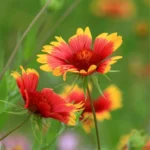 native to this ecosystem in your garden or landscape. We accomplish so much more when we are working as a group.
native to this ecosystem in your garden or landscape. We accomplish so much more when we are working as a group.
Drop us a line.

